Lake Garda, or Lago di Garda, for many people a place that needs little explanation, is the largest lake in Italy and a popular summer destination for anyone looking for sun, beach and water sports. But did you know that this is also a great place for a nice hiking vacation? This is because Lake Garda is surrounded by beautiful mountains and in part of these mountains there is a network of 3 hiking trails: the Garda Trek with indeed 3 different options. In this blog we have listed them for you.
With the peaks of Monte Baldo to the east and Monte Rocchetta to the west, the shores of Riva del Garda give you a taste of what you will experience up close at higher altitudes. One thing is certain: the various walks all offer you the chance to experience the unique Mediterranean-Alpine atmosphere.



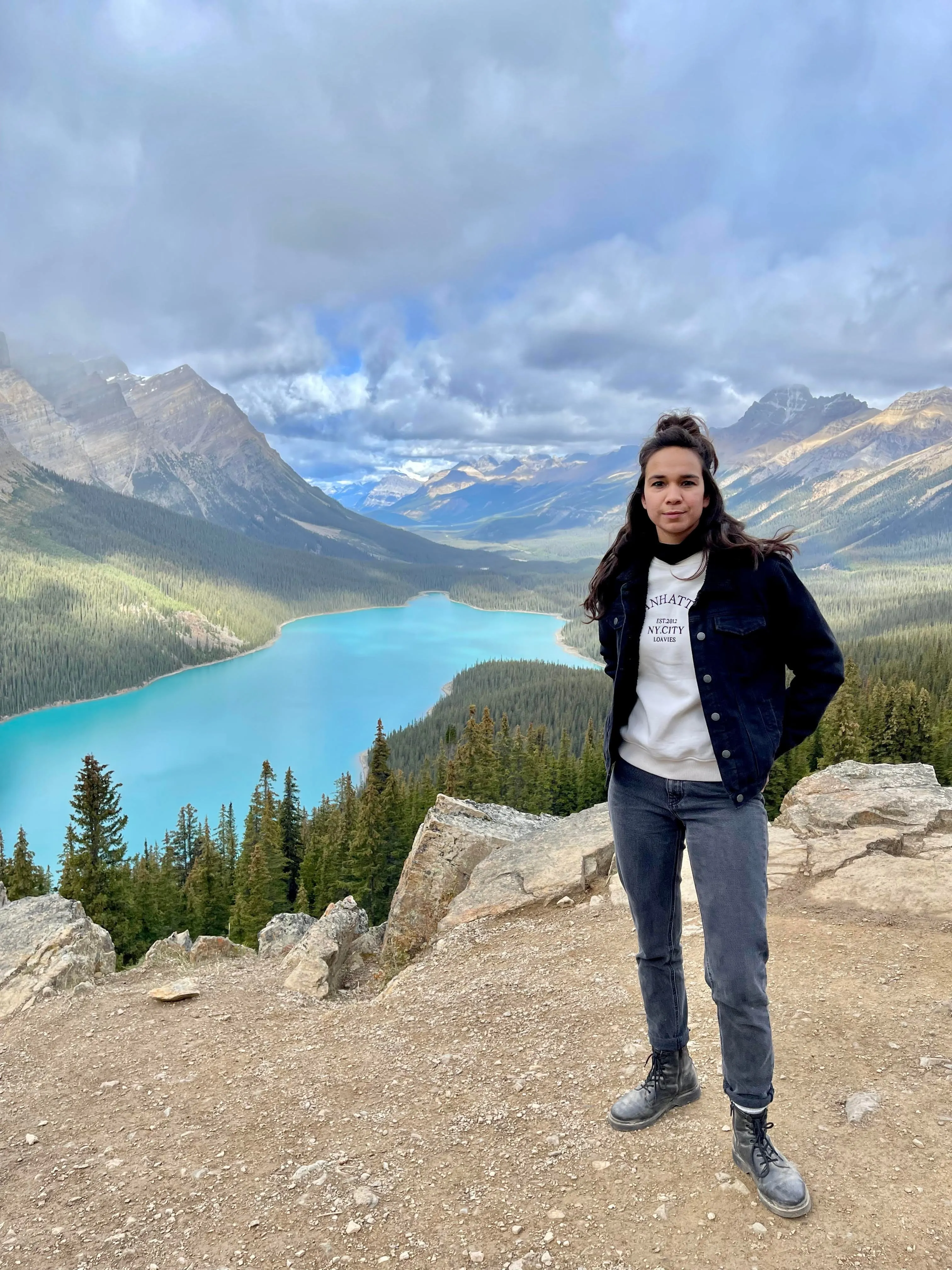
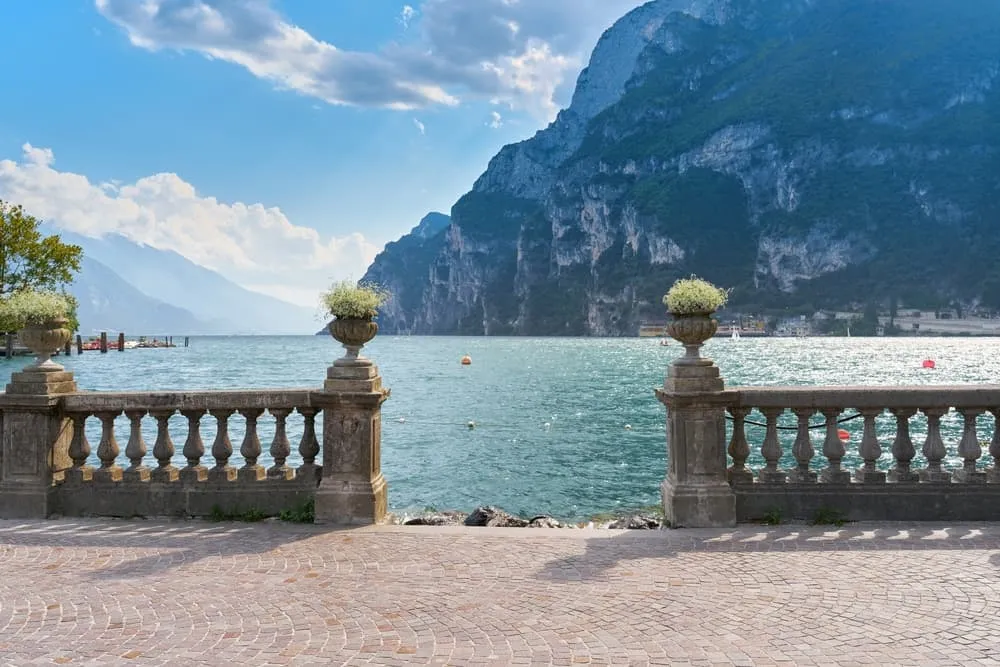

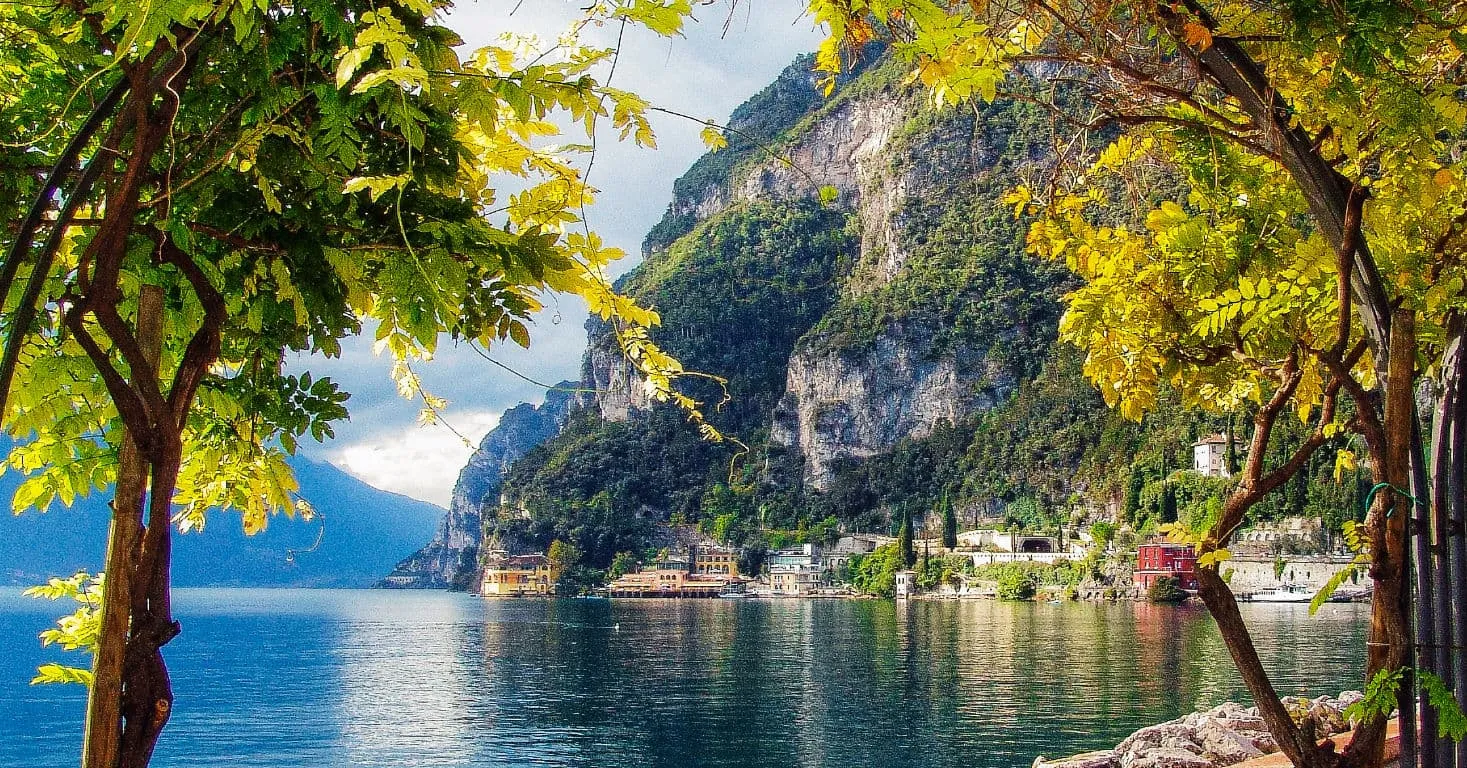
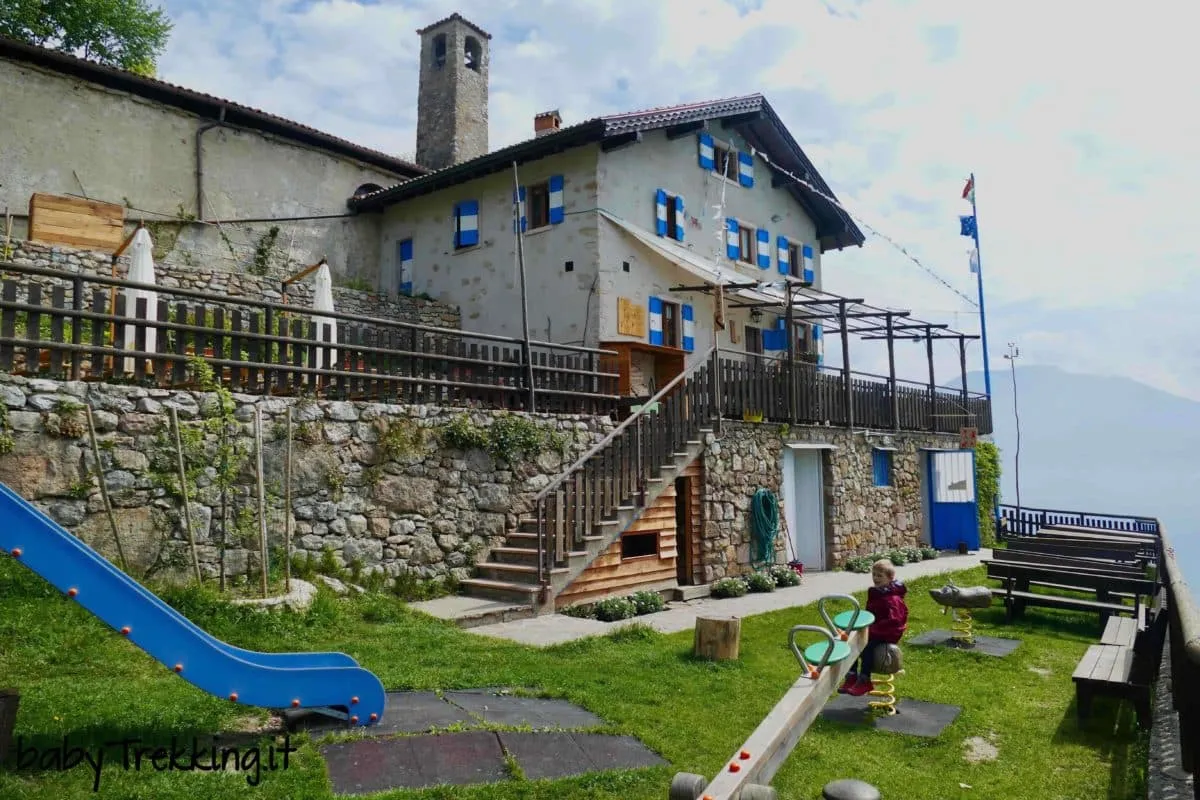
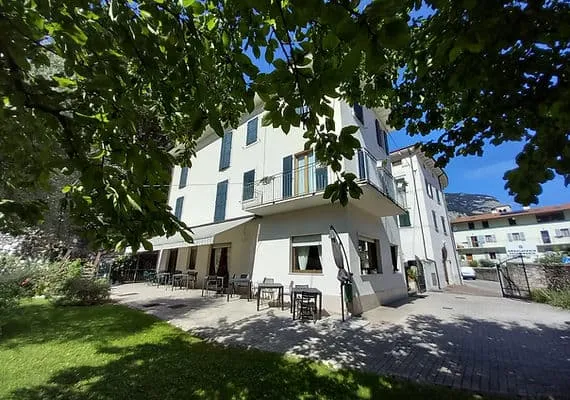
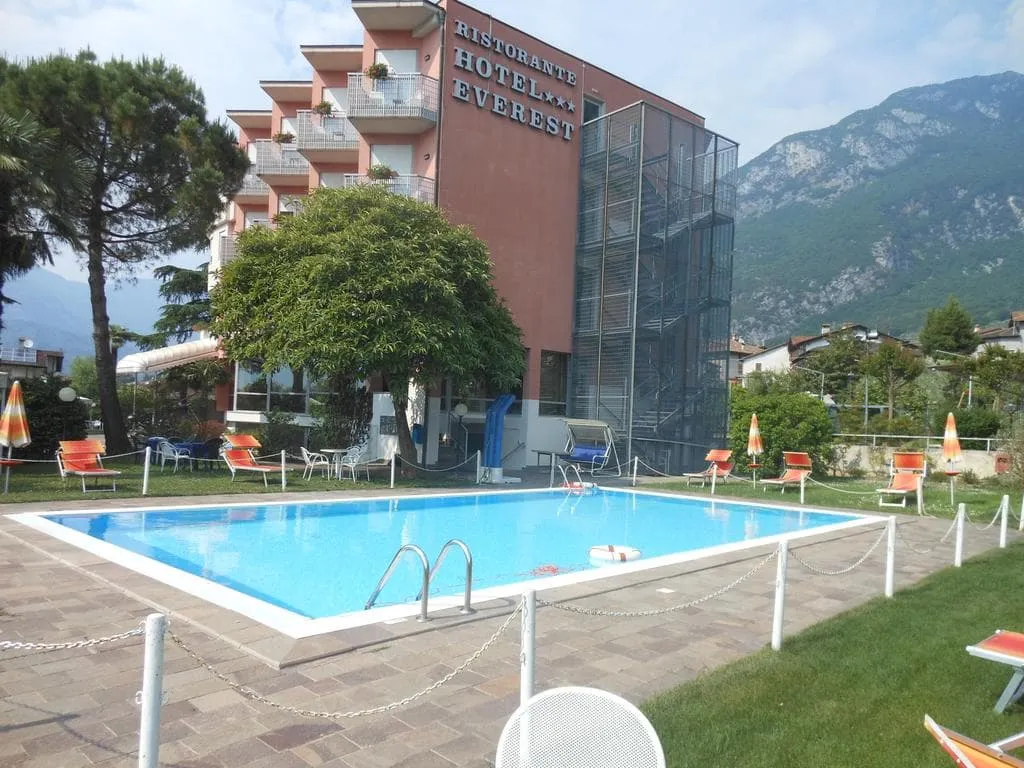
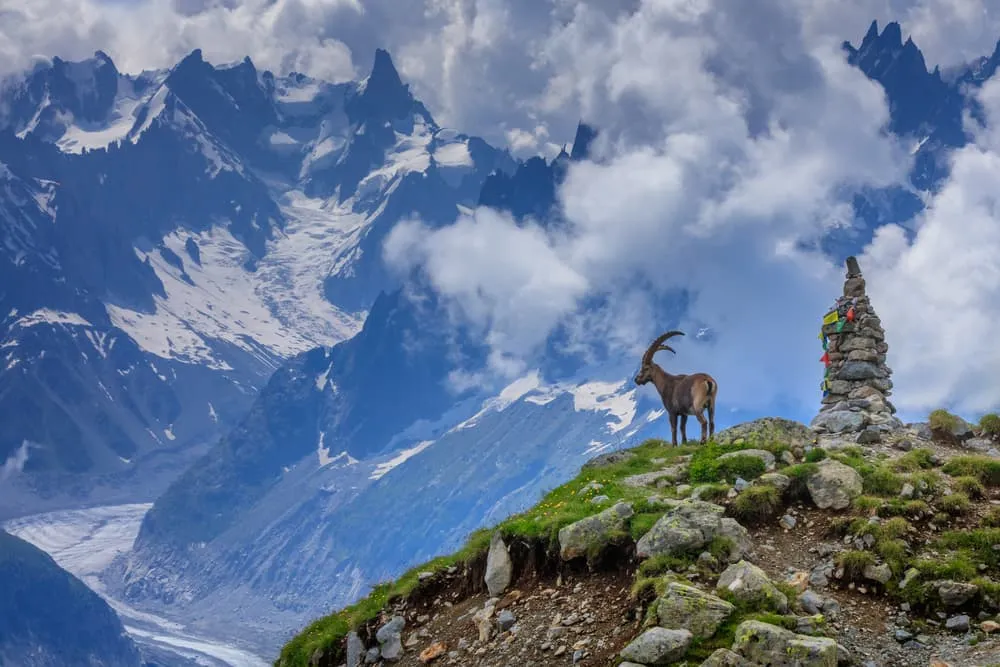
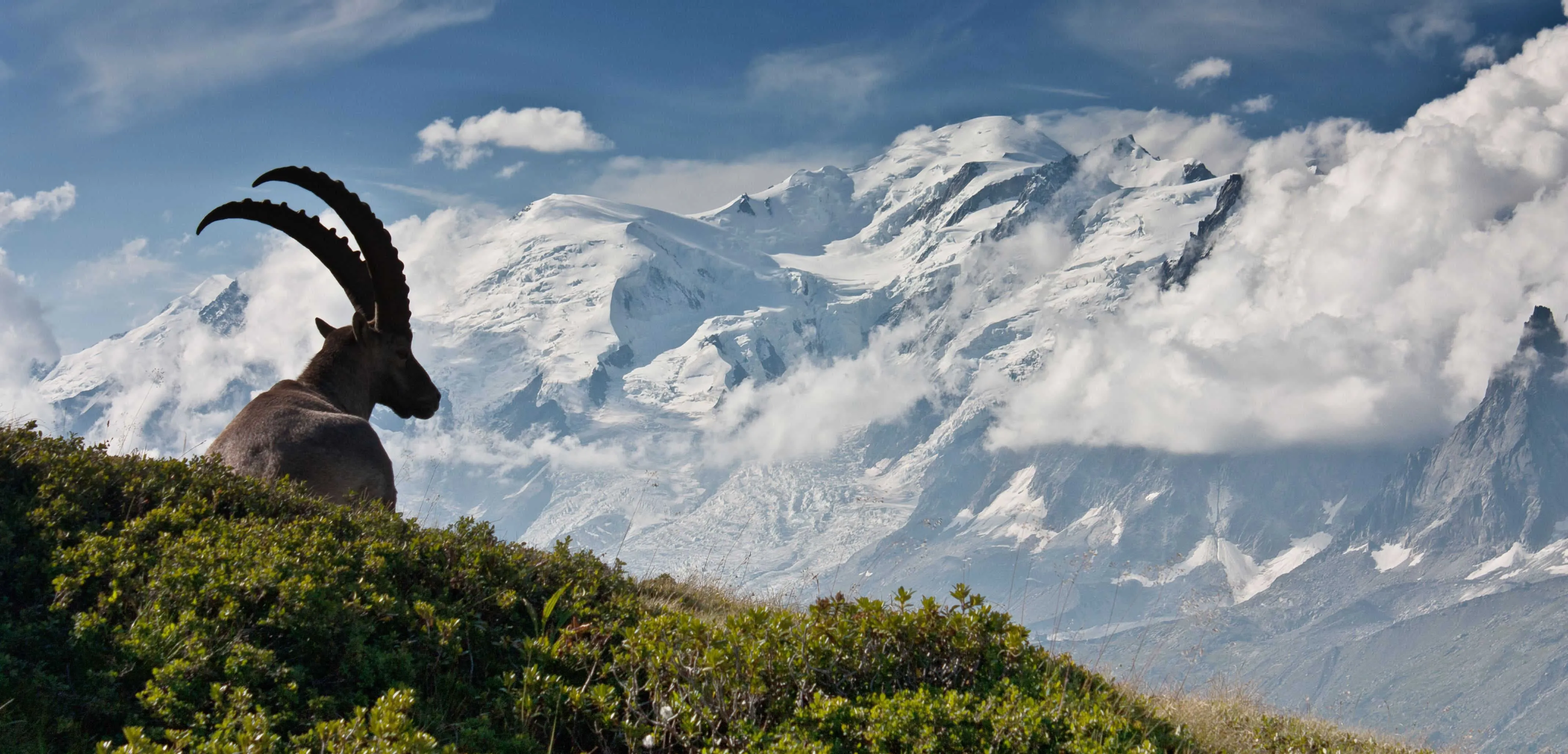
Comments